
Rebuilding after Sichuan earthquake, one brick and one life at a time
Billions have been spent on communities torn apart by the May 12 earthquake 10 years ago but the destruction from that day still casts a long shadow over the disaster zone
A decade on, Wang Lirong still has nightmares about the day her house collapsed.
It was just after lunch at 2.28pm, on May 12, 2008 when one of China’s deadliest earthquakes struck southwestern Sichuan province, razing her home in the town of Yingxiu, Wenchuan county.
The shock waves from the magnitude-8 quake tore through the town, where Wang was sitting at home with her two-year-old daughter and uncle.
Sichuan earthquake, 10 years on: how a tragedy changed China
At first she thought it was a gas explosion and the three of them fled the house. But it soon became obvious what had happened.
“Even now, the day of the quake remains very clear,” she said. “If I had been sleeping, it would’ve been all over. We would’ve all died.”
Sichuan parents still look for answers in earthquake’s ruins
The destruction was overwhelming – entire towns and villages needed to be completely rebuilt. More than 46 million people were directly affected by the disaster, most of them in Sichuan, Gansu, and Shaanxi provinces.
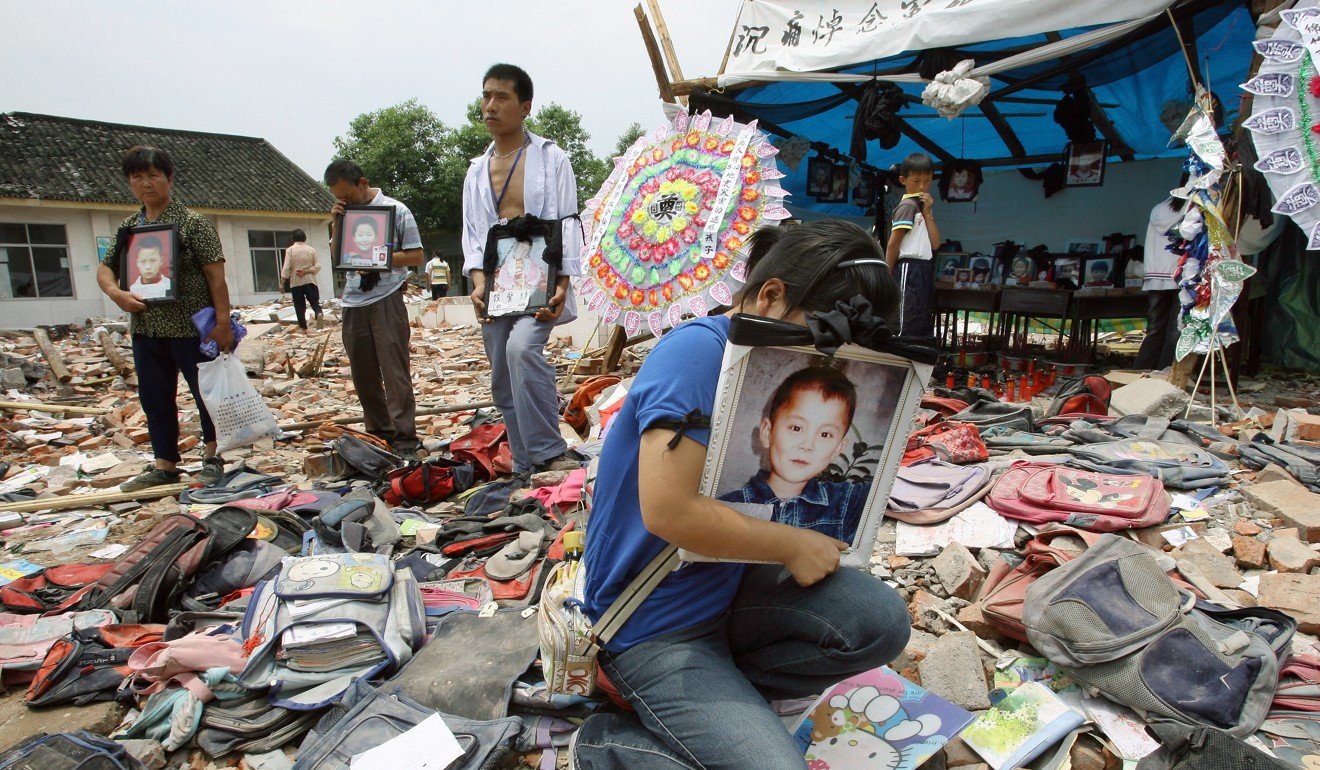
In all, the disaster zone was 500,000 sq km, an area roughly the size of Spain, and economic losses amounted to some 845 billion yuan (US$133 billion).
Reconstruction began soon after the quake and, within two years, the authorities had rebuilt and reinforced millions of homes and thousands of schools and hospitals. Basic infrastructure such as roads and water supplies had also been restored.
Sichuan officials said that in those two years 885 billion yuan was spent on roughly 41,000 rehabilitation and reconstruction projects.
Wang and her family spent the first year and a half after the quake living in tents and other temporary shelters before they moved into a new house nearby.
H Kit Miyamoto, head of global structural and earthquake engineering firm Miyamoto International, said the rebuilding efforts were impressive.
“The way China has reconstructed the whole Sichuan region is amazing,” said Miyamoto, one of the first overseas engineers to survey the area after the quake. “No other country can afford to do this – total reconstruction by the government.”
But criticism persists over the enormous number of shoddy structures that were flattened in the disaster, particularly the “tofu schools” in which thousands of children died.
More than 5,300 schoolchildren were killed in the quake by the official count, although parents and activists put the figure at closer to 10,000.
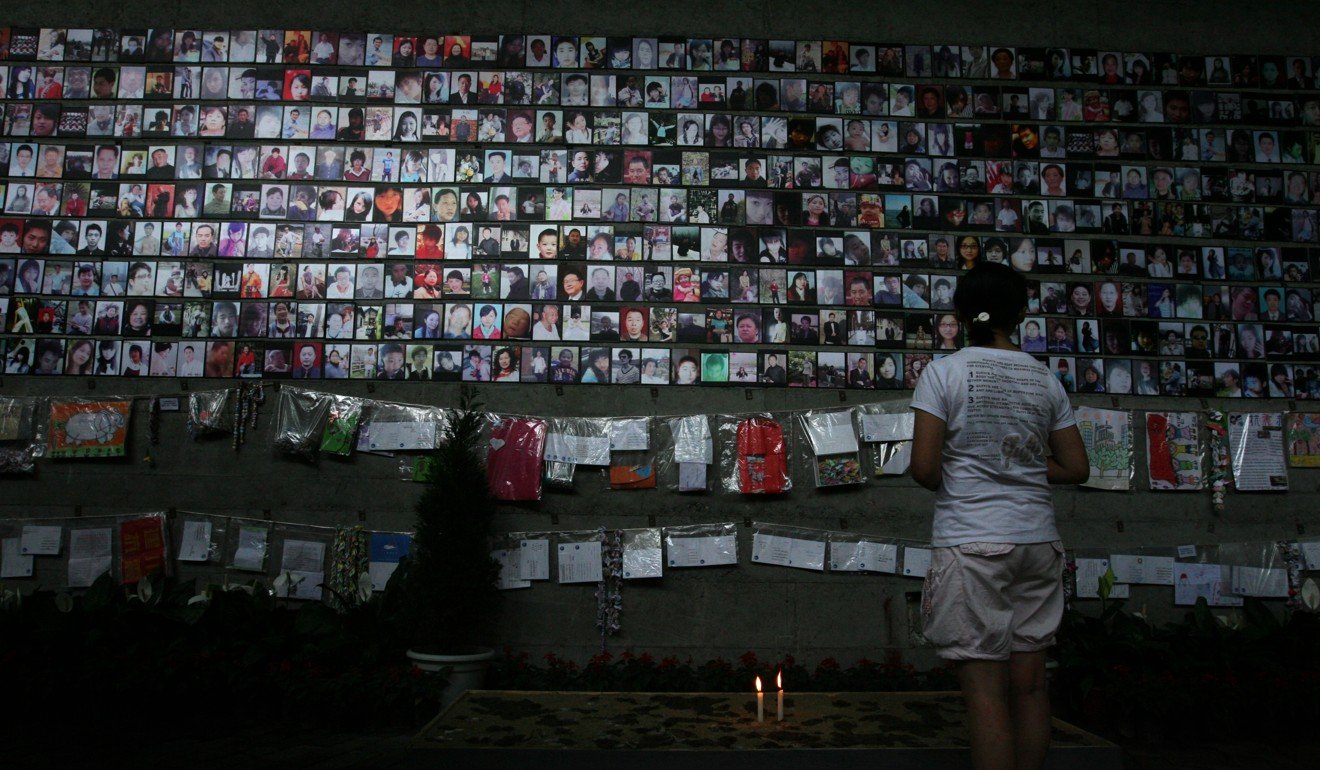
While an official admitted in September 2008 that the rush to build schools in China’s economic boom had potentially contributed to the slipshod construction, the authorities continue to insist the seismic intensity of the quake was to blame for destroying at least 7,444 schools.
Structural engineers like Miyamoto said the schools, many built before China’s national construction law was passed, lacked proper reinforcement, making them vulnerable in the quake.
The authorities say that since then a 380-billion-yuan nationwide initiative has been launched to build safe primary and middle schools. The government also said inspections were conducted in educational institutes to ensure they met national standards, and strategies developed to educate teachers and pupils about safety.
In 2010, the country’s Tort Liability Law also came into effect, making developers and contractors liable for construction collapses.
If we cannot admit any little mistake, then our society cannot improve
The student death toll remains contentious and parents and critics continue to seek answers.
Activists such as Tan Zuoren and artist Ai Weiwei did their own investigations into the number of students killed, for which they were later targeted and jailed, their supporters say.
“If we cannot admit any little mistake, then our society cannot improve,” Tan said in Sichuan, ahead of the tenth anniversary. “Whether it’s the government or the Communist Party, is it really this hard to ask them to apologise? This is a very small cost to win back people’s hearts and stabilise society.”
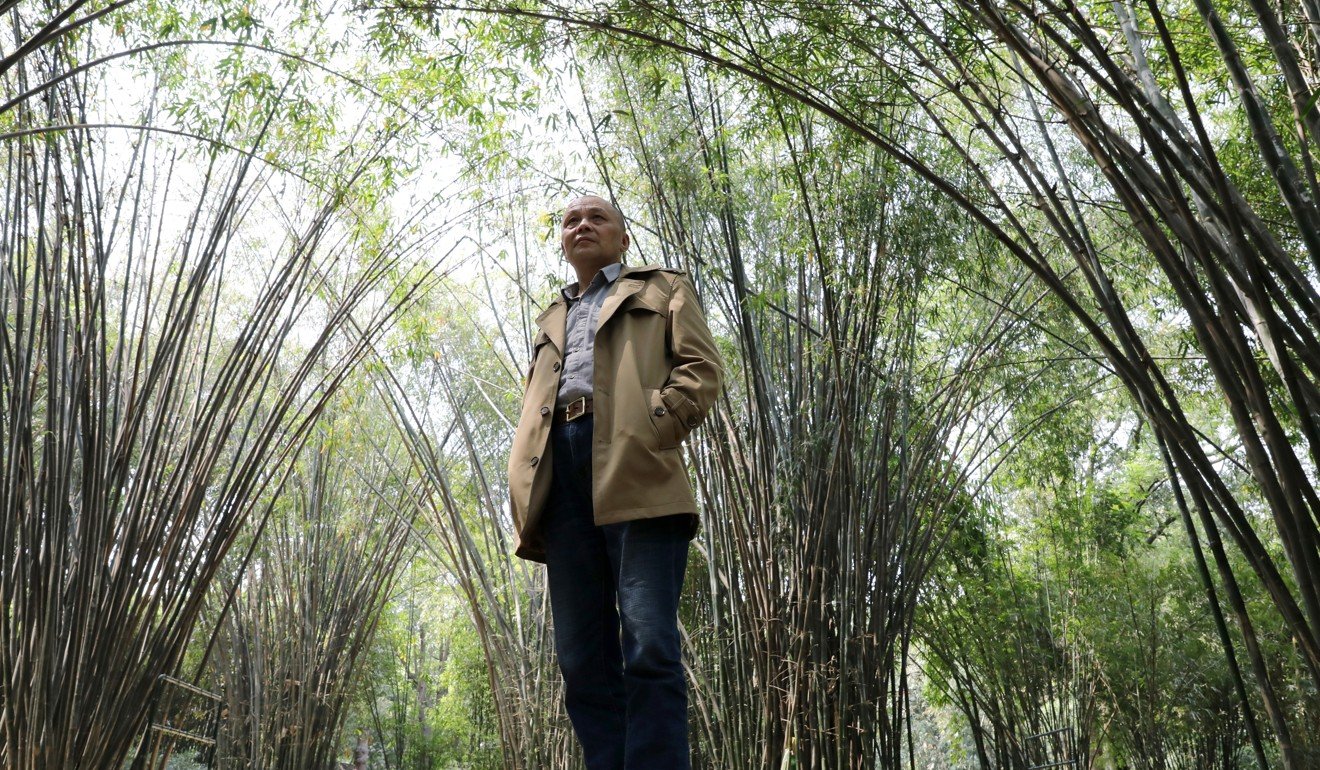
Another stain has been the loss of credibility for China’s charities, a number of which were accused of misappropriating funds donated to the Wenchuan recovery effort.
While officials maintain today that the corrupt acts were few and far between, public mistrust persists, particularly from controversies surrounding the state-backed Red Cross Society of China.
However, there have been noticeable improvements elsewhere.
Chinese government-backed earthquake research centre the Institute of Care-Life estimated that up to 30,000 of the lives lost in the Wenchuan disaster could have been saved if the region had an early warning system.
The China Earthquake Administration has since spent 2 billion yuan putting such a system in place to alert people to quakes seconds before they strike. When major quakes struck Sichuan again in 2013 and 2017, the system’s emergency mechanisms kicked in, a measure that state media said saved lives and minimised damage.
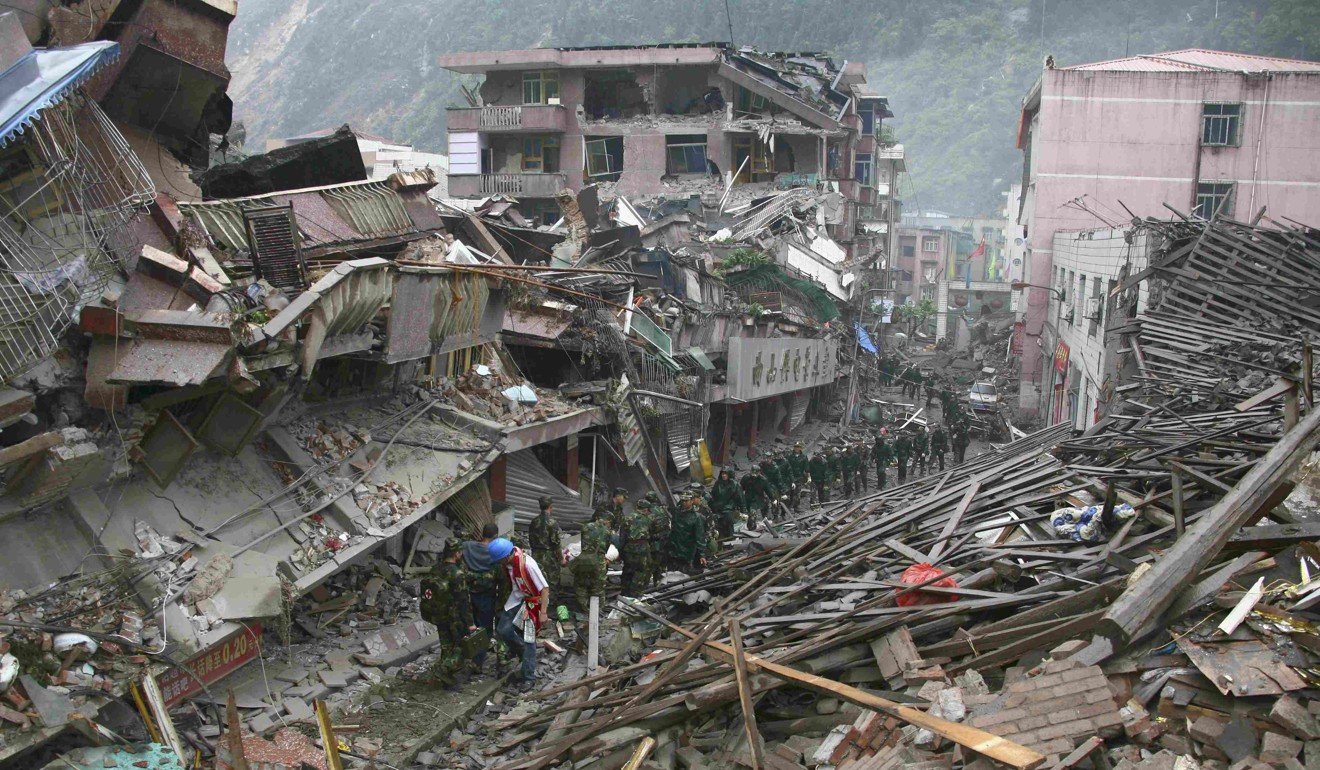
China also improved its rescue and relief readiness, including by setting up disaster management institutes and rehabilitation centres for quake victims.
Alongside the physical reconstruction, survivors of Wenchuan began rebuilding their own lives. For thousands of families, the disaster meant the loss of their only child, limited at the time by a one-child family planning policy.
May 12, 2008, Sichuan earthquake in context
Local governments encouraged couples to have more children, providing free medical services, financial support and even fertility treatment. More than 3,500 babies have been born to families who lost their first child in the quake, according to official figures. In hard-hit Beichuan county, 1,000 families lost their first child and 1,006 “replacement babies” have been born.
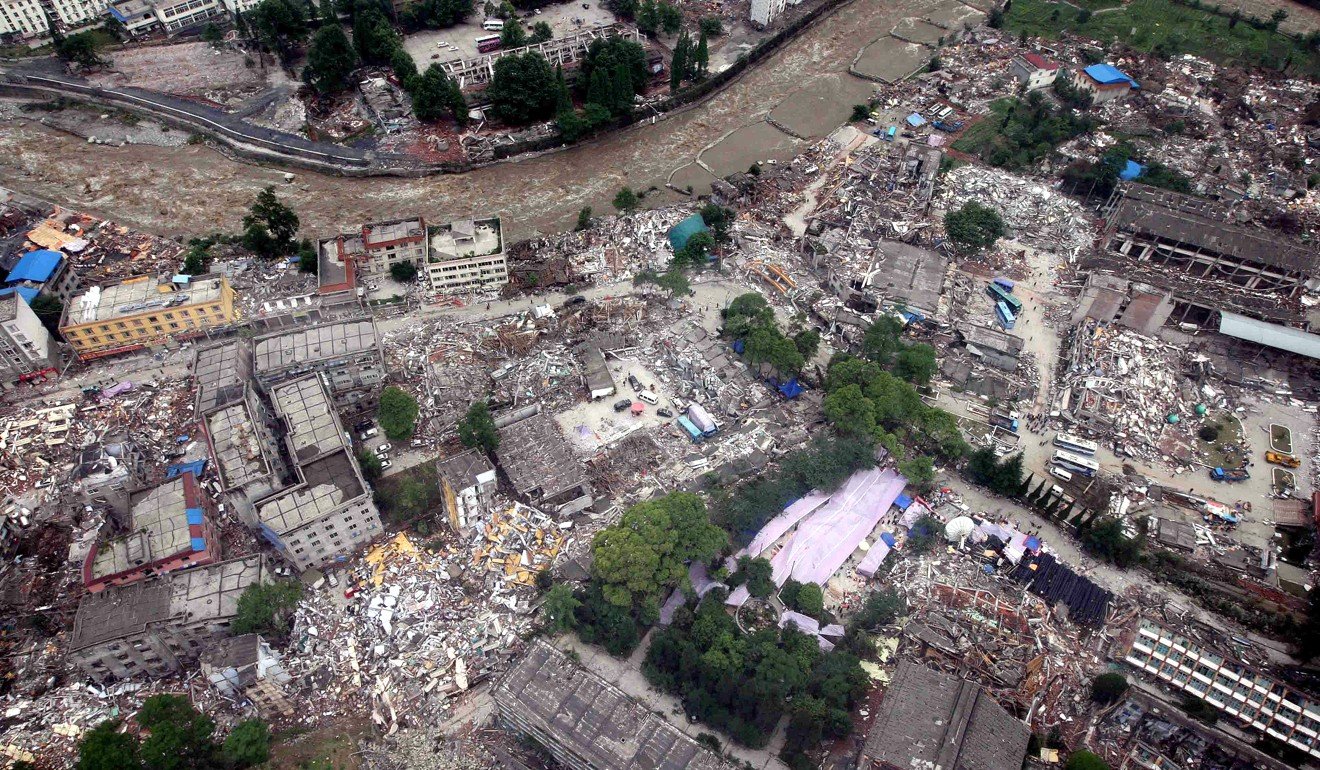
One of those children is seven-year-old Lu Rui, born after her parents lost their teenaged daughter Lu Fang in the collapse of Beichuan Middle School.
If the quality of the school was better, at least more students could have survived. There would be fewer families experiencing this kind of pain
For Lu Shihua, the girls’ father, raising a child later in life brings its own pressures.
“My daughter is 43 years younger than me, and I am my family’s sole breadwinner,” Lu said. “I can’t allow anything bad to happen to me, or let myself fall ill because I still have a family to raise and elderly parents to support.”
He said he had tried to get an answer for why Beichuan Middle School collapsed, but did not get a satisfactory response.
“If the quality of the school was better, at least more students could have survived,” he said. “There would be fewer families experiencing this kind of pain.”
Other survivors also struggled with physical disabilities and the mental trauma from the quake, requiring regular check-ups to replace the prosthetics for their lost limbs or psychological counselling to deal with the aftermath.

One of the most high-profile survivors is Zhang Chunmei, who lost both her legs in the quake when she was 11 years old. Zhang has gone on to become a para-swimming athlete and offers her example as a source of hope.
“It’s enough that I’m alive; whether or not I have legs doesn’t matter,” she said. “What others can do, I can do too.”
I don’t have any feelings about it any more, I’m numb to it all now
But others struggle with the daily reminders of the earthquake.
For Wang, whose family fled their home in Yingxiu, it is not just vivid memories that keep her awake at night. She and her husband also work at a shop across from the Yingxiu memorial site, where the remains of the collapsed Xuankou Middle School have been preserved.
Every day, the memorial’s broken clock – its hands frozen at 2.28pm – remind her of the moment everything changed.
“I don’t have any feelings about it any more, I’m numb to it all now,” she said. “From 10 years until now, it’s like nothing has changed. I don’t want to think about the earthquake any more.”
Additional reporting by Mimi Lau and Choi Chi-yuk

